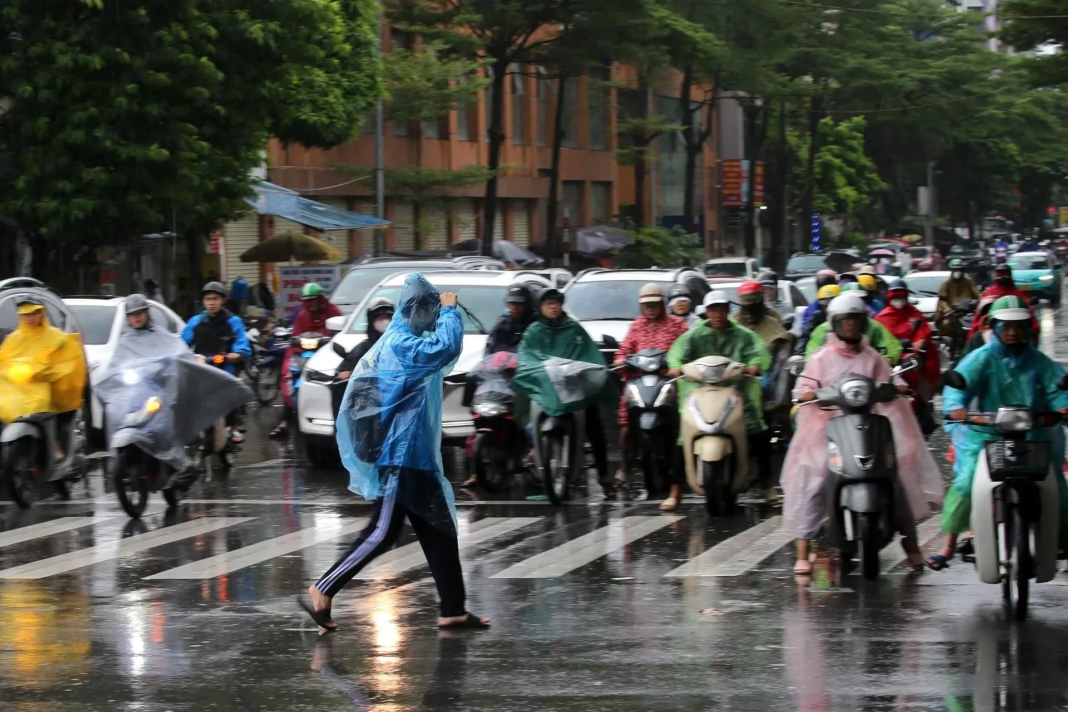Hanoi, Vietnam – Lingering heavy rains from former Typhoon Bualoi have caused further flooding and landslides across Vietnam, raising the death toll to 19 while more people remain missing, officials said Tuesday.
The national weather agency reported that rainfall in some areas exceeded 30 centimeters in just 24 hours, and it warned that heavy downpours are likely to continue. The prolonged rains triggered flash floods and landslides that have cut off roads and isolated communities, stretching from the northern mountains of Son La and Lao Cai provinces to central Nghe An province.
RELATED NEWS : Typhoon Ragasa Slams Southern China After Leaving 17 Dead in Taiwan
In Yen Bai, the Thao River swelled above emergency levels overnight, flooding homes with waters up to a meter deep and forcing evacuations. State media said authorities are still searching for 13 people, including eight fishermen who went missing in the storm.
Bualoi had already caused at least 20 deaths in the Philippines before striking Vietnam. The storm made landfall early Monday with maximum sustained winds reaching levels 10 to 11, and gusts as high as levels 13 to 14. Its slow movement increased the risk of flooding and destruction across wide areas of the north-central and northern regions.
Prime Minister Pham Minh Chinh has issued an urgent directive calling for immediate relief operations to support affected areas. Preliminary assessments from the Ministry of Agriculture and Environment said that as of late Monday night, the storm had killed 19 people, left 13 missing, eight out of contact, and injured 88. More than 105,000 houses were damaged or lost their roofs, with Ha Tinh and Nghe An provinces among the hardest hit. Nearly 3,400 houses were flooded and 2,700 others cut off. Over 9,400 hectares of rice and other crops were inundated, along with 1,700 hectares of aquaculture. Damage was also reported to transport links, irrigation systems and economic infrastructure.
Experts say global warming is making tropical storms like Bualoi stronger and wetter. Warmer oceans provide storms with more fuel, leading to heavier rainfall, more intense winds and shifting precipitation patterns across East Asia.
Rescue workers continue search and relief operations as communities brace for further rains in the days ahead.
SOURCE : VNA | Follow Us: Facebook | Instagram | Twitter | Youtube |



